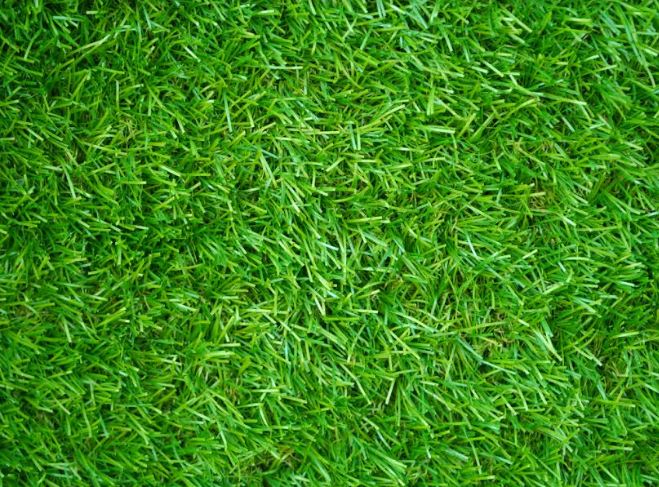Nothing elevates the pleasure of a yard like a well-manicured lawn. But for creating a beautiful natural lawn takes a lot of time and effort. Because of this, and many other reasons, people more often decide for using fake lawn (or synthetic grass). The question is are they correct in such a decision, and which is better, natural or fake turf?
EFFORT
It takes a lot of effort to grow and properly maintain the natural turf that is why you should consider using empire zoysia turf instead. You need to closely balance amounts of nutrients in the soil, make sure that the soil is properly aerated, and that it contains a sufficient amount of water. But also you need to regularly remove any weeds and move the lawn at regular intervals. All of this requires spending a lot of time on maintenance.
On the other hand, artificial turf requires very little effort beyond installing it. And it requires absolutely no watering or fertilization, while it also naturally prevents weeds from growing as it blocks access to sunlight.
ENVIRONMENT IMPACT
For a long time, the artificial turfs were made exclusively from plastics produced from the oil. This, as any type of fossil fuel use, has a large impact on our environment and contributes to global warming. Another problem with old technologies is that turf made by them was non-recyclable, which only increased the amount of plastic ending up in the landfills every year. For these reasons, experts recommend using a premium wintergreen couch in Brisbane instead for any kind of lawn.
Today, many artificial turf producers make their products out of recycled plastics and make them be recyclable too. This not only decreases the reliance on plastic made of petrochemicals but also prevents plastic from reaching the landfills.
While natural turfs are basically environment friendly and can be micro-ecosystems, keeping them in a well-manicured condition comes with a set of drawbacks. The biggest problem is the fertilizers run-off. No matter whether you use organic or artificial fertilizers, they seep through the ground and can have very detrimental effects on plants and animals in your environment.
To keep your natural lawn beautiful and in good condition, you will need to use both insecticides and pesticides. It also doesn’t matter whether they are artificial or not, they are toxic to the environment. Especially the insecticides which kill both unwanted and some very useful insects, such as bees.
PRICE
Creating a natural turf comes with a very small initial investment compared to the artificial turfs. But running costs of maintaining the fake grass are practically non-existing, while for natural grass they can be quite high. Because of this, over the 15-20 years that are a lifespan of artificial grass, it can be much cheaper.
Both the artificial and natural turfs have advantages over each other. But the final decision is just your own which you more prefer, and which better suits your needs.

